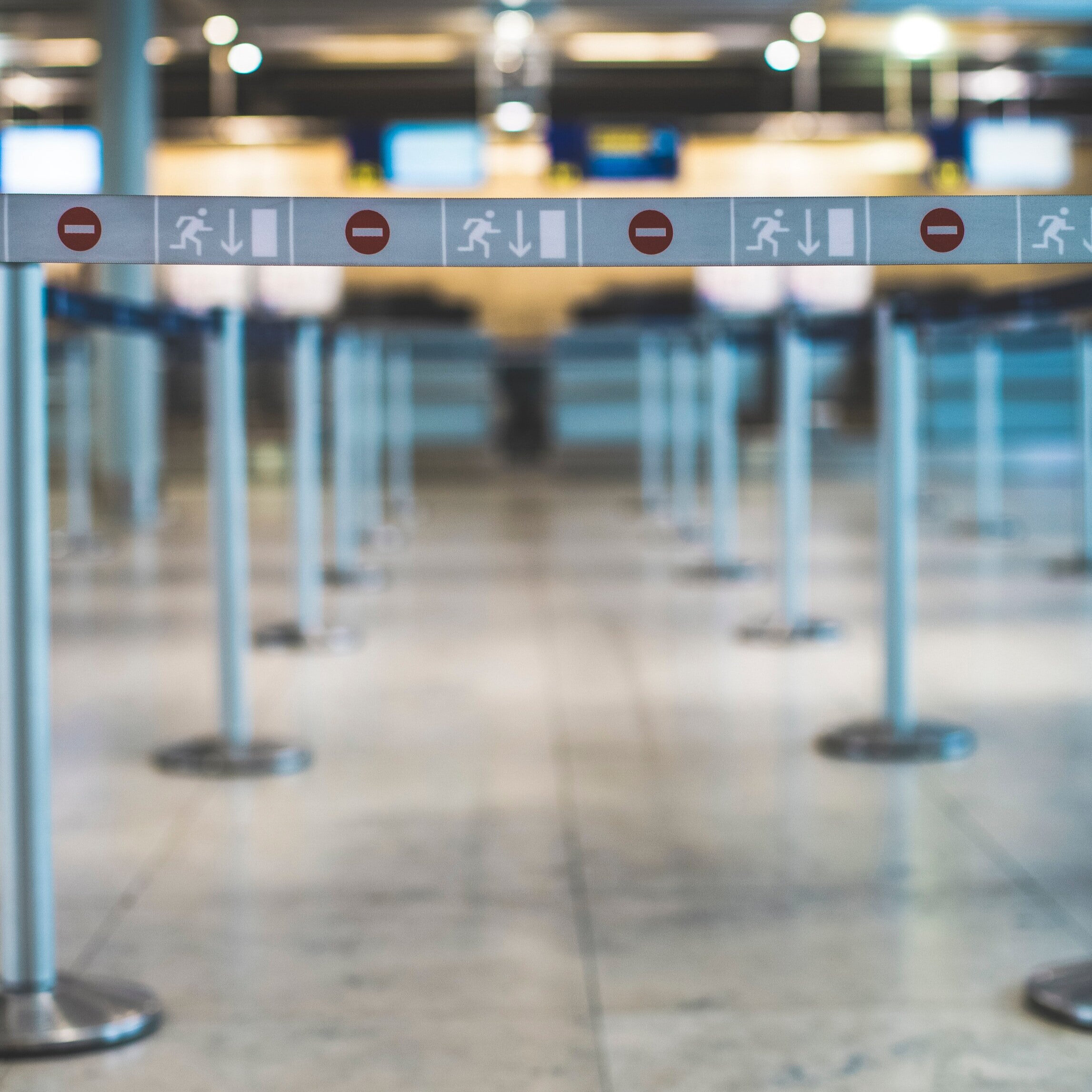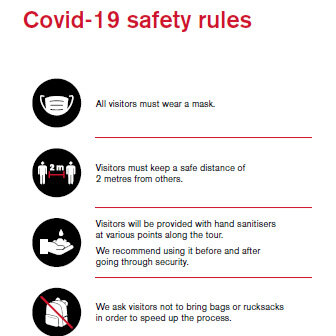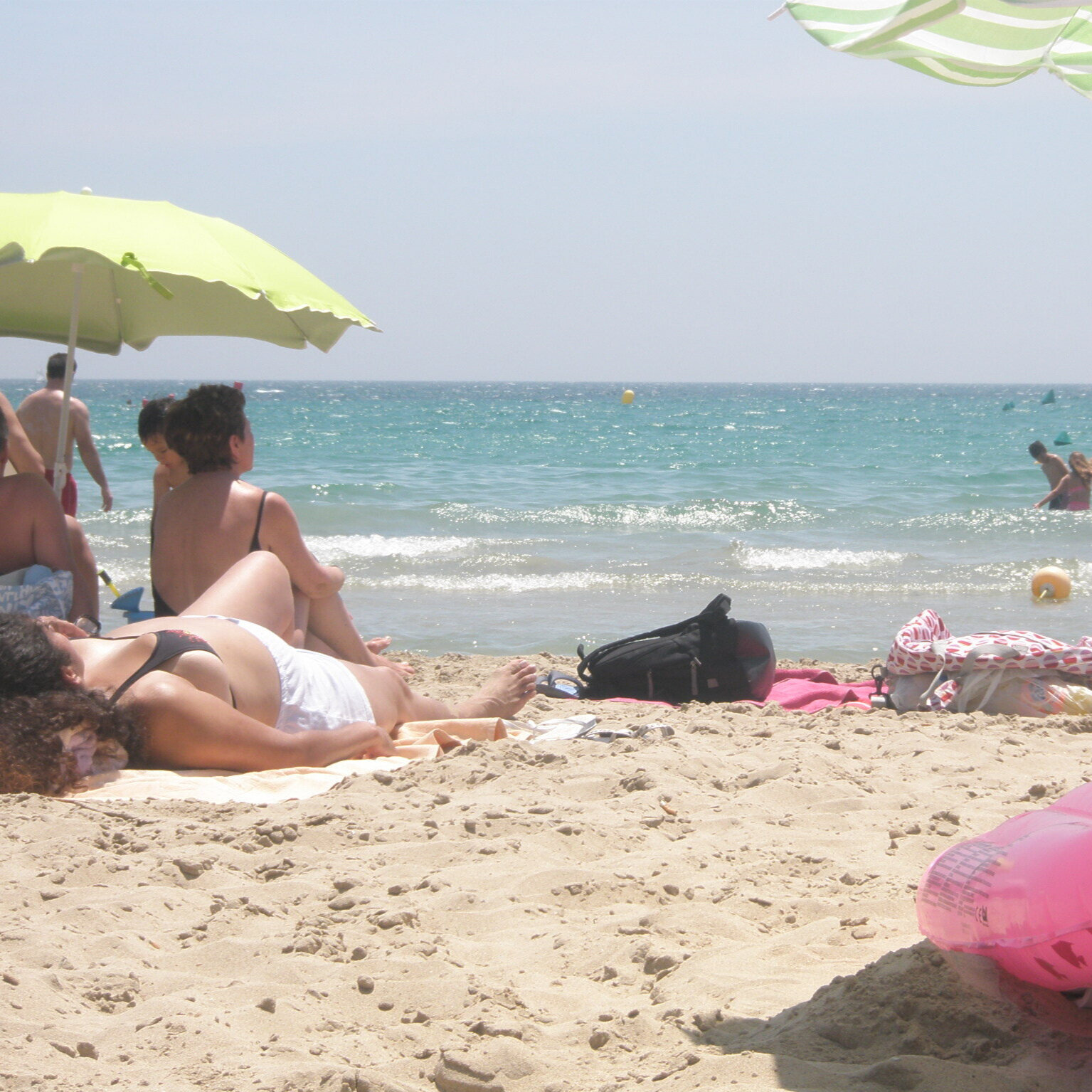
Traveling to Spain? What You Need to Know about COVID-19 Precautions
Dear Caleb,
If you’re like us, the Coronavirus pandemic threw off your 2020 travel plans. We know, we know—if that’s the worst of the wreckage this health crisis has caused in your life you’re incredibly lucky. Still, as a traveler, the loss of four (or more) months of travel is a big deal. We imagine you’re anxious to get back to exploring abroad and if Spain is on your radar, you’ve likely heard that the borders were re-opened on June 21, 2020 for international travel. However, there are some important caveats and details to know about that change so let’s dive into them before you start looking for flights or lodging!
 Are the borders currently open?
Are the borders currently open?
Yes…and no. The “State of Alarm,” or estado de alarma in Spanish, officially ended on June 21, 2020 and with it came the reopening of land, sea, and air borders. This opening-up applies to travelers from the European Union and the Schengen Zone (notably, this did not include Portugal until July 1, 2020). Such travelers will no longer need to quarantine for the previously-prescribed 14-day period and so this opens up many more opportunities for tourism.
However, until recently, there was debate about whether these new provisions would extend to other countries, like the United Kingdom. At the time, the United Kingdom still had a 14-day quarantine requirement in place for travelers from abroad. For this reason, there was talk among Spanish officials to observe reciprocity—meaning that British travelers coming to Spain will have to observe a 14-day quarantine as well. However, since this rule expired on June 28, 2020 there is no longer any debate for the need of reciprocity and the UK will continue to be treated as though it is part of the EU until the end of the Brexit transition period.
On July 1, 2020, fifteen more countries were added to the European Union’s list of approved countries. The list includes: Algeria, Australia, Canada, Georgia, Japan, Montenegro, Morocco, New Zealand, Rwanda, Serbia, South Korea, Thailand, Tunisia, Uruguay, China (China is subject to confirmation of reciprocity). The choices were based on some disputed criteria, but mainly epidemiological data—meaning the current figures of COVID-19 cases and trends in the aforementioned countries. While the list notably does not include the United States, Russia, or Brazil (something that caused some controversy) it should be noted that this is because those are the three countries with the worst rankings in terms of cases and deaths of COVID-19 at this time.
 Spain will be reassessing and admitting new countries to the no-travel-restrictions list on a rolling basis, subject to criteria laid out by the European Commission. Criteria including the current number of cases and distribution of COVID-19, acceptance of certain healthcare conditions, and reciprocity in the considered country will be considered and a new list will be announced approximately every two weeks.
Spain will be reassessing and admitting new countries to the no-travel-restrictions list on a rolling basis, subject to criteria laid out by the European Commission. Criteria including the current number of cases and distribution of COVID-19, acceptance of certain healthcare conditions, and reciprocity in the considered country will be considered and a new list will be announced approximately every two weeks.
Additionally, it is important to keep in mind that Spain is accepting travelers who are citizens or residents of the EU or Schengen zone countries and it is not advisable for you to travel to one of those countries in order to gain entry to Spain. If you are a citizen or resident of a country outside of the aforementioned groups, you will also have your own country’s travel restrictions to abide by. For example, the United States has a travel ban in place until the end of July meaning it would be unlawful for U.S. citizens to travel to Spain for pleasure. U.S. citizens who are also resident in Spain are allowed to enter the country but they will still be expected to carry out a 14-day self-quarantine.
What procedures will I have to follow as a traveler to Spain?
There are certainly a number of precautions being taken as Spain re-opens to tourism. Let’s break down the expectation before and during your arrival and we’ll explore the procedure in place once you are admitted in the following sections.
All tourists will be expected to fill out the “Passenger Location Card” which will be distributed to them before or during their flight. During the month of July, this can be submitted on paper but thereafter will only be allowed electronically so be sure to confirm the current rules before traveling. On this card, it is necessary to provide your health information and contact details. All tourists are expected to remain contactable throughout their stay in Spain.
At the airport, your temperature will be taken with an infrared thermometer or similar device. If your temperature is normal, no further precautions are necessary. However, if your temperature is high and/or you are exhibiting other symptoms of COVID-19 you must be tested within 24 hours and/or will be asked to quarantine for 14 days.
Do I Have to Wear A Mask in Spain?
Yes! As explained in our article about Spain’s policy on Coronavirus, face masks must be worn on all public transport, in all closed spaces, while traveling by car with people you do not live with, and outdoors when a 1.5-meter distance cannot be maintained. This rule is enforced by a 100€ fine and we highly recommend you follow it to ensure your own safety as well as that of those around you.
What are the current rules at hotels in Spain?
At this time, indoor public areas of hotels and other accommodations are open, but face masks are required. It will also be necessary for the hotel staff to check your temperature before you enter hotel restaurants. If eating at a hotel buffet, gloves must be worn in addition to masks. All accommodations should have placed arrows on the floor of hotel grounds to keep a standard flow of traffic to avoid unnecessary contact.
 What are the current rules for sightseeing in Spain?
What are the current rules for sightseeing in Spain?
Historical sites, museums, and other places of interest have begun to re-open. Still, the number of people allowed per day is greatly reduced to allow for social distancing and so it may be much more difficult to gain entry to major attractions. This seems to vary, depending on location. For example, many tickets remain available for the Alhambra throughout the summer whereas the Sagrada Familia official website seems to be sold out until September.
Be sure to check out the rules in the specific city (and of the specific site) you will be visiting as they may vary across Spain. For example, under normal circumstances you would be allowed to bring a backpack into most sites but some places are prohibiting this as part of COVID-19 safety precautions. Booking in advance for popular destinations is advised.
What are the current rules for eating out in Spain?
Capacity at all restaurants and bars has been reduced to allow for social distances. For specifics on the maximum capacities, see this article and the attached links. Masks should continue to be worn indoors and outdoors where a 1.5-meter distance cannot be kept. However, bars and restaurants should be set up with plenty of space between tables to allow for patrons to safely remove their masks while eating out.
 What are the current rules at beaches in Spain?
What are the current rules at beaches in Spain?
Beaches in Spain have officially been re-opened during each region’s Phase Three (read more here). Social distancing and other safety precautions are still required. Beach-goers are asked to set up their towels, umbrellas, etc at least two meters away from anyone they do not live with and to wear masks when entering or exiting the beach. Closed public spaces such as bathrooms as well as showers are not open.
Why were Germans allowed to visit sooner?
If you heard about approximately 10,000 German tourists being allowed to visit the Balearic Islands earlier than June 21, 2020 you did not hear wrong. This plan was specifically devised as a ‘pilot scheme’ or test-run of sorts. German tourists were selected because of the epidemiological similarities (meaning that there was a very similar number of cases and distribution of COVID-19 in Germany and Spain at the time). This scheme has allowed Spain to test out the new regulations put into place (as explained above) and to make adjustments as needed.

Does that answer all of your questions about travel in Spain? As you can see, there are many safety precautions and new rules put in place to avoid the spread of Coronavirus. At the same time, most everything you would want on vacation is still available. What do you think? Despite the different circumstances, will you be planning a trip to Spain?
Sincerely,
Spain
* Please keep in mind that this post was written during the week of June 29, 2020 with our best efforts put forth to provide accurate, current information. However, we are aware that this is a fast-changing topic. If you notice anything that should be updated please do not hesitate to reach out and provide us with a source regarding the change. Thank you for understanding and cooperation.
Resources:
https://www.gov.uk/foreign-travel-advice/spain/entry-requirements
https://www.gov.uk/foreign-travel-advice/spain/staying-during-coronavirus
https://www.thelocal.es/20200616/confusion-conflicting-statements-from-spain-over-quarantine-for-uk-tourists
https://www.thelocal.es/20200619/opinion-spain-is-ready-to-welcome-tourists-but-will-they-come
https://www.thelocal.es/20200612/q-a-what-we-know-about-travelling-to-spain-this-summer
https://www.spainenglish.com/2020/06/15/german-tourists-balearic-islands-pilot-scheme/
https://www.spain.info/en/reportajes/informacion-practica-turistas-covid-19-viajar-espana.html
https://www.elmundo.es/economia/2020/06/29/5efa0271fdddff44688b466f.html
https://www.rtve.es/noticias/20200610/comision-europea-iniciar-1-julio-reapertura-gradual-fronteras-ue-terceros-paises/2016623.shtml
https://www.elmundo.es/economia/2020/06/29/5efa0271fdddff44688b466f.html
https://www.euronews.com/2020/06/29/revealed-draft-list-of-countries-that-will-be-allowed-to-enter-eu-when-borders-open





